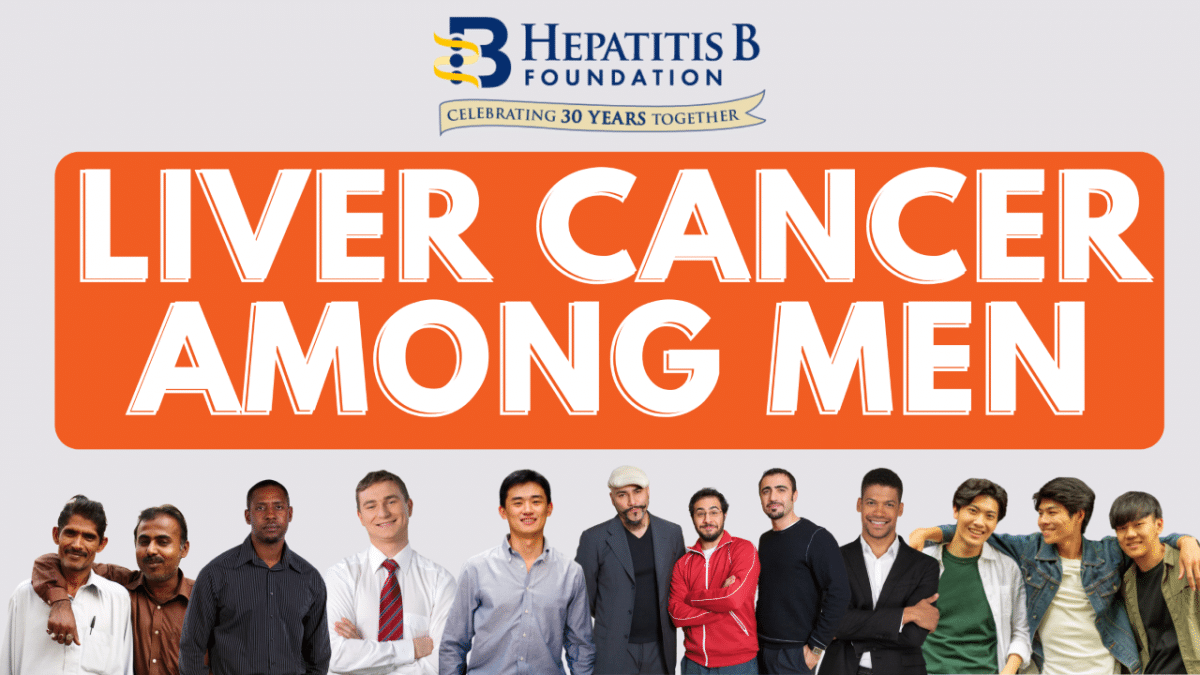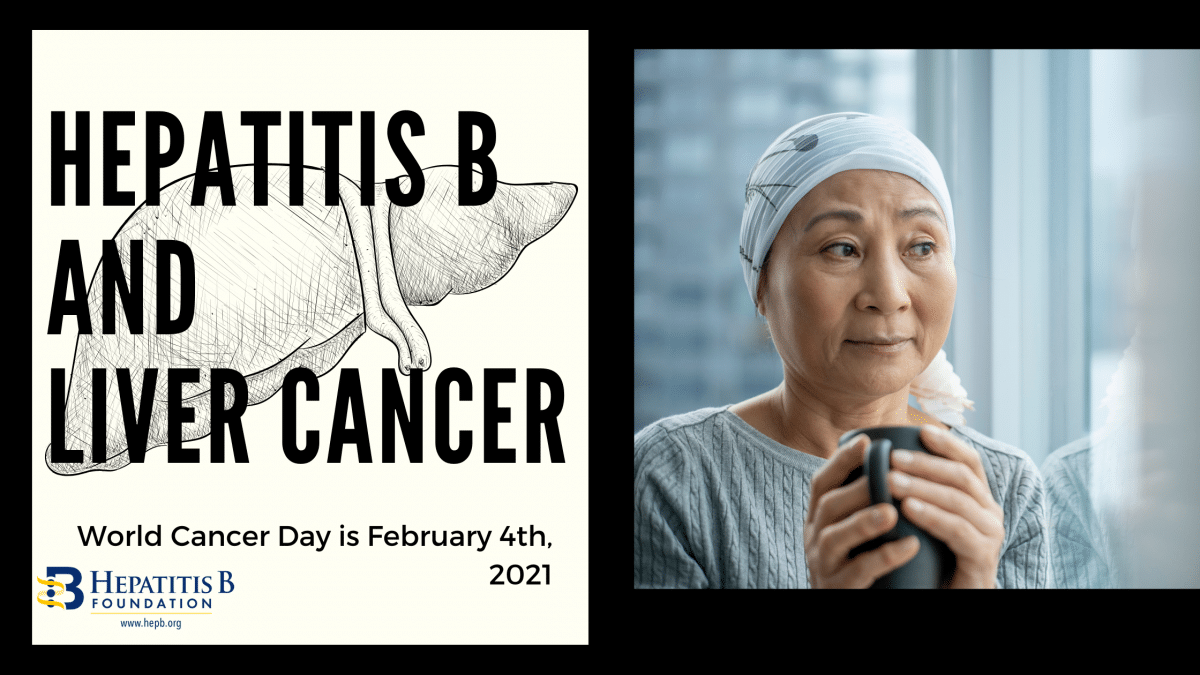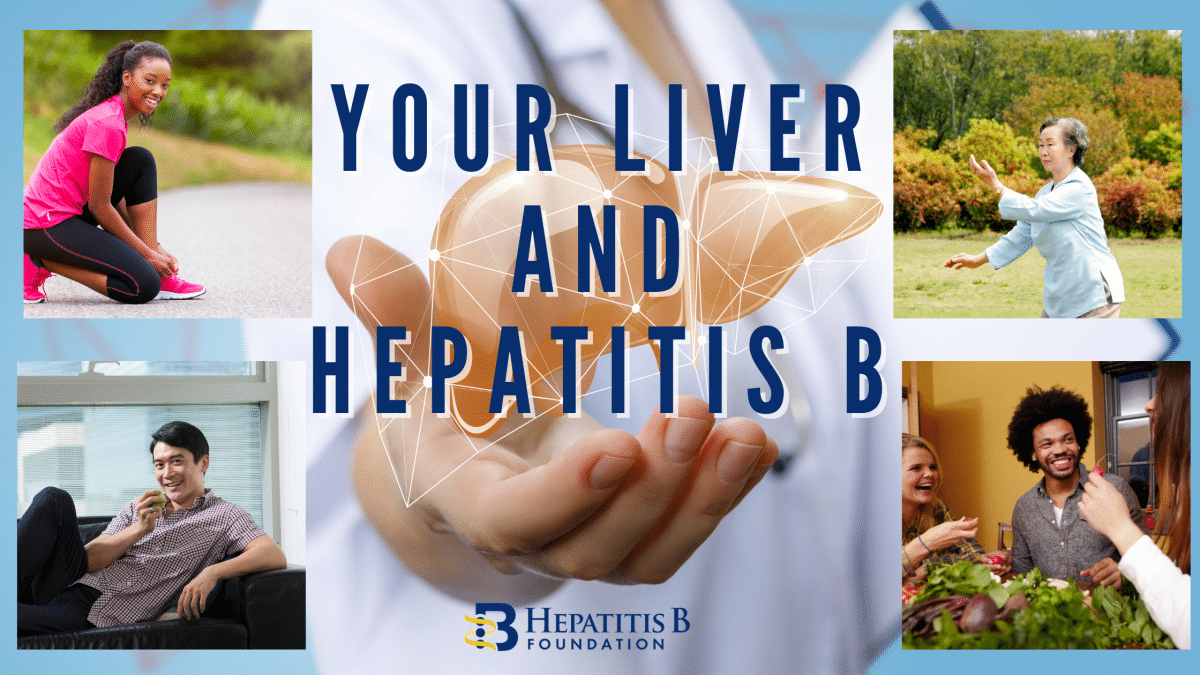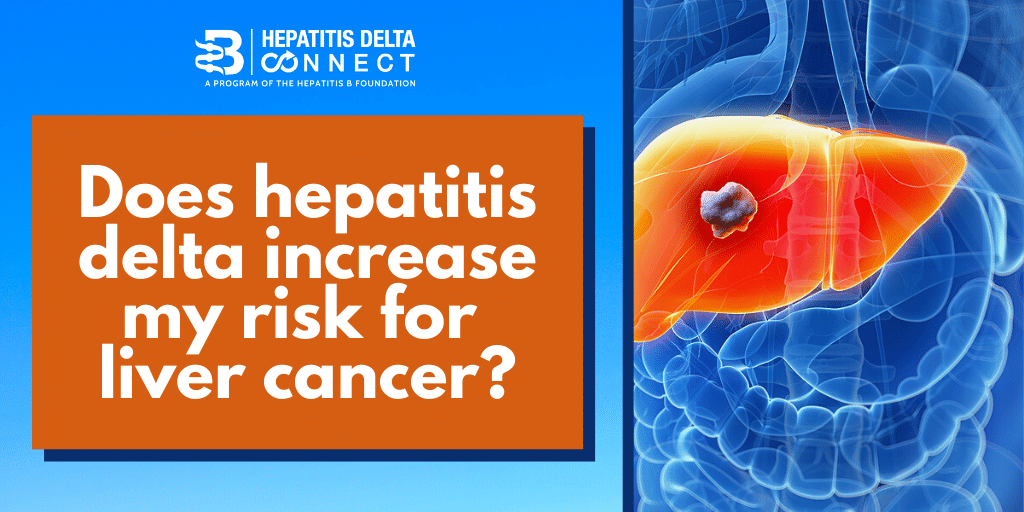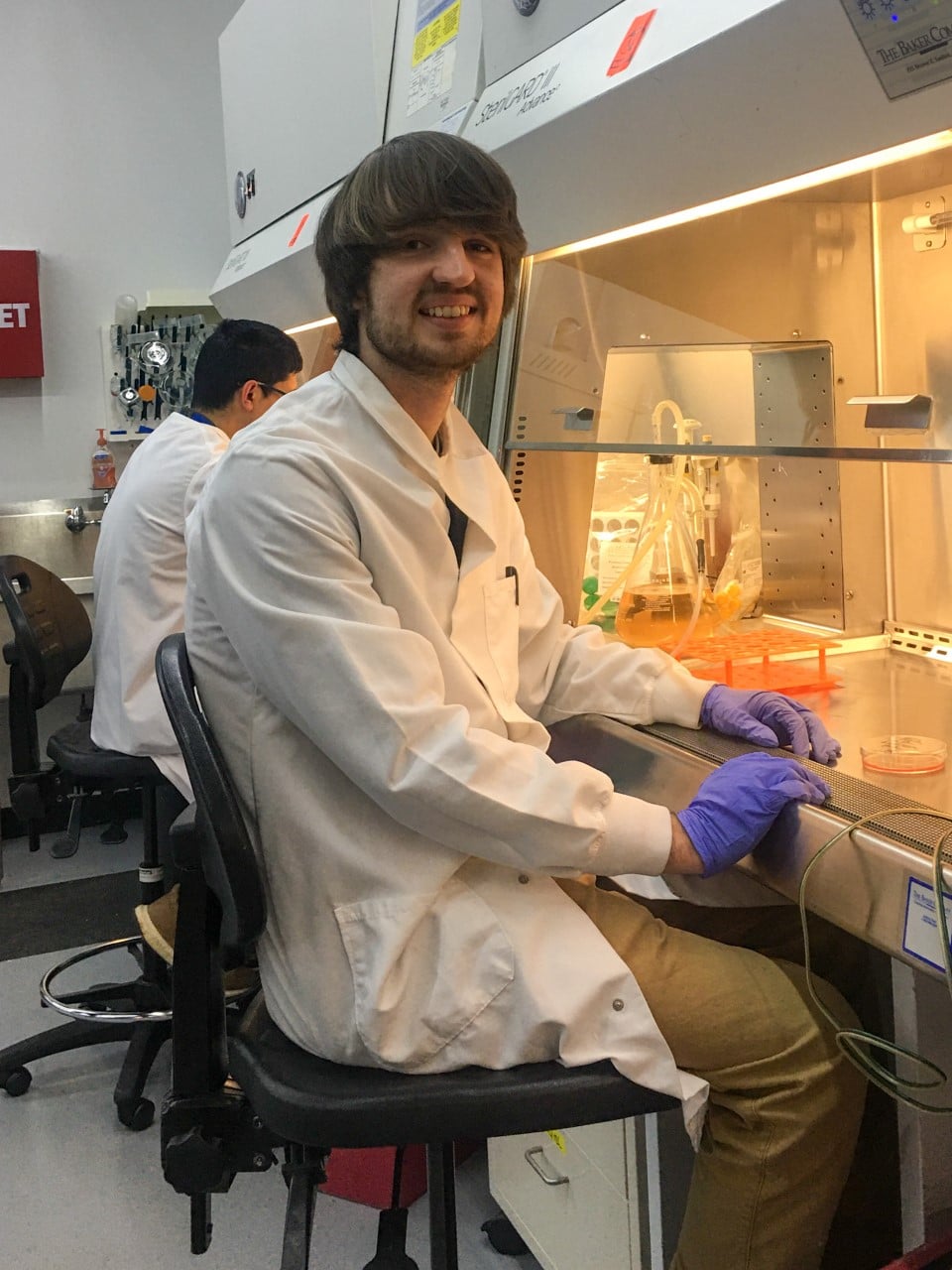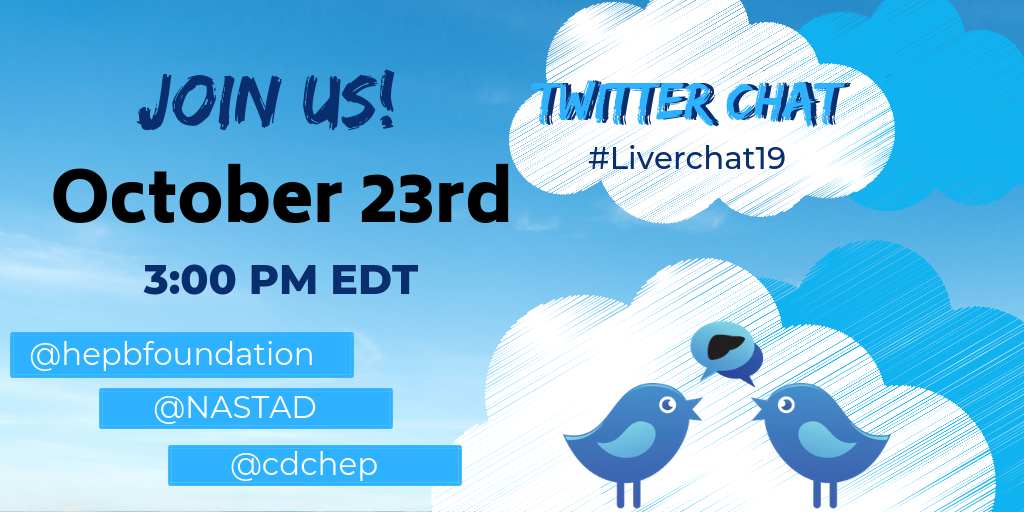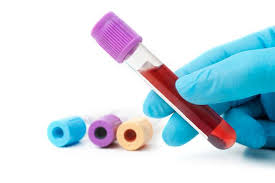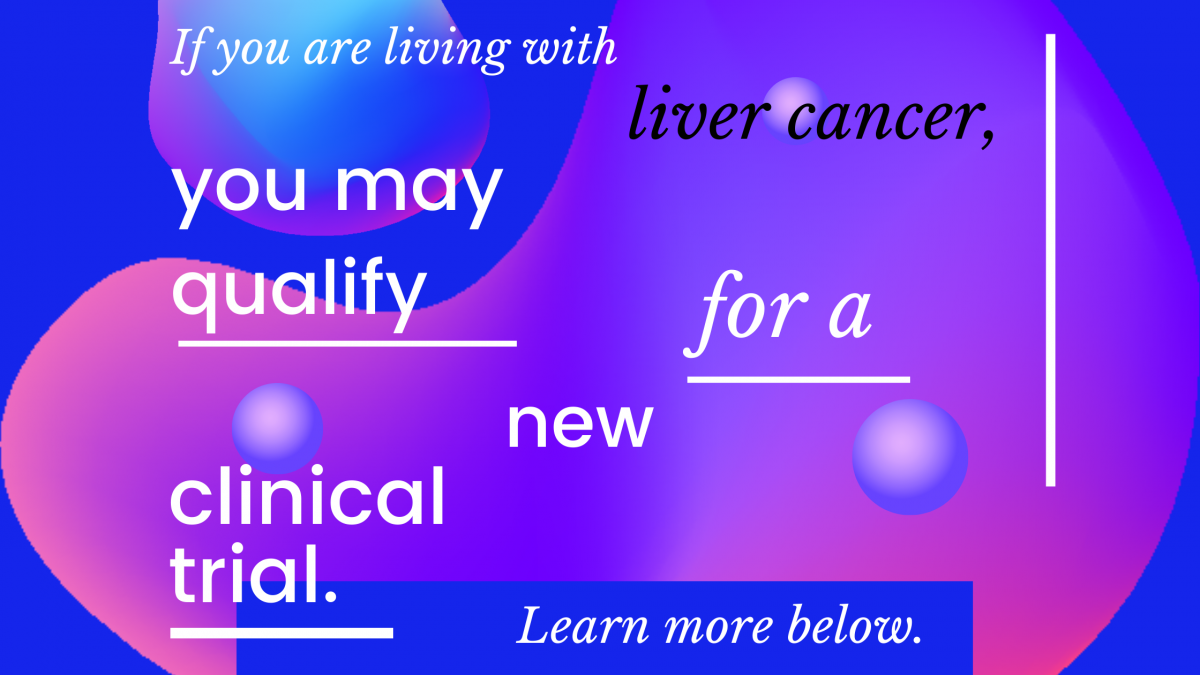
Over the past few decades, there have been several advancements in liver cancer research and treatment. These have included improvements in chemotherapy treatments that can now successfully shrink tumors to a size at which they can be more easily surgically removed, and the development of therapies that block blood flow to tumors. Liver ablation (tissue removal) and transplantation techniques have also been greatly improved in recent years (Johns Hopkins Medicine, 2020). Many of these advancements would not have been possible without the help of clinical trial volunteers with liver cancer. Your contribution is important and valuable and may help research for the future. Learn more about these opportunities today.
The pharmaceutical company Bristol Myers Squibb (BMS) is now enrolling for two clinical studies in liver cancer (also called hepatocellular carcinoma or HCC). These trials have the reference numbers CA209-9DW and CA209-74W. If eligible and you are willing and able to take part, you will be helping to advance research.
One of these trials is researching a study drug called nivolumab. Researchers want to find out how well the study drug works, both with and without ipilimumab in combination with trans-arterial ChemoEmbolization (TACE), when compared to TACE alone in participants with intermediate-stage HCC. Eligible trial participants must be at least age 18 years old and must not have had a liver transplant, or be on the waiting list for a liver transplant. This is not a full list of trial requirements.
Another trial is researching nivolumab in combination with another study drug called ipilimumab (also called Yervoy) in participants with advanced HCC. Researchers in this trial want to find out how well this study drug combination works when compared to other drugs called sorafenib or lenvatinib. Eligible trial participants must be at least 18 years old and must not have had any type of prior chemotherapy. This is not a full list of trial requirements.
For more details about each trial, including full trial requirements, lists of tests and procedures used to determine trial eligibility, and more details about Bristol Myers Squibb, please visit the BMSStudyConnect website.
Before you decide to enroll in a clinical trial, you can download the Study Participant’s Guide. This guide is available in many languages on this site, and includes information about trial participation, why clinical studies are important, questions to ask your doctor before participating, guidance on transportation and lodging during a clinical trial, helpful tips on how to prepare to take part in a trial, and links to helpful resources.
References
Johns Hopkins Medicine. (2020). 4 Liver Cancer Treatment Advances. https://www.hopkinsmedicine.org/health/treatment-tests-and-therapies/4-liver-cancer-treatment-advances.


